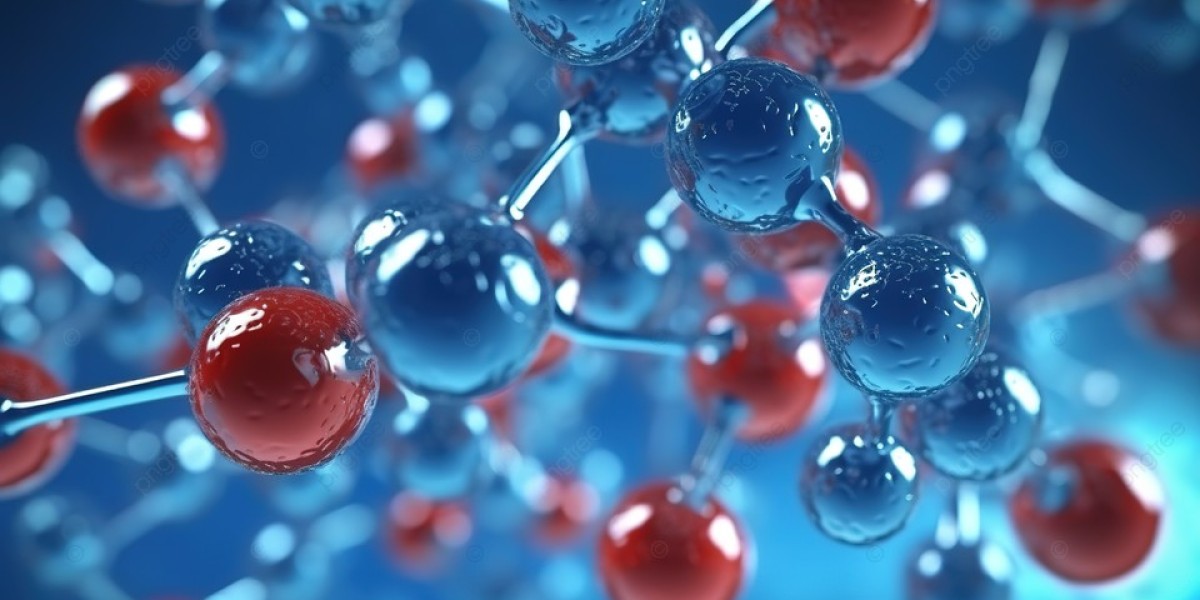Chromosomes are intricate structures found in the nucleus of eukaryotic cells, acting as carriers of genetic information. They play a crucial role in how traits are passed from one generation to the next, and each of the components of chromosomes contributes uniquely to this process. This guide explores the key components of chromosomes and their significance in genetics.
What Are the Components of Chromosomes?
DNA (Deoxyribonucleic Acid): DNA is the primary material in chromosomes and serves as the genetic blueprint for living organisms. It consists of sequences of nucleotides that encode information essential for cellular functions and development. DNA within chromosomes is organized into genes, each coding for specific proteins that contribute to the organism’s structure and function.
Histone Proteins: These proteins act as DNA "packagers," helping DNA coil into compact, organized structures. The presence of histones allows chromosomes to fit into the cell nucleus efficiently and aids in regulating which genes are accessible for expression, which plays a critical role in gene control.
Non-Histone Proteins: Non-histone proteins support a variety of chromosome functions, including the structure of chromatin and control over gene expression. They are also involved in DNA replication, repair, and transcription, ensuring that chromosomes remain intact and functional throughout the cell cycle.
Chromatin: Chromatin is a combination of DNA and proteins that forms chromosomes. It can be found in two states: euchromatin (loosely packed and active in gene transcription) and heterochromatin (densely packed and generally inactive). Chromatin structure plays a role in regulating genes by controlling access to specific DNA regions.
Telomeres and Centromeres: Telomeres are protective caps at the ends of chromosomes, preventing loss of genetic information during cell division. Centromeres, located near the center, are essential for proper chromosome alignment and separation during cell division, ensuring genetic material is equally divided between daughter cells.
Why Are the Components of Chromosomes Important in Genetic Testing?
The components of chromosomes are central to genetic testing, helping uncover potential health risks or inherited conditions. Genetic testing examines these components to detect abnormalities that may indicate genetic disorders. For instance, chromosomal mutations, duplications, or deletions can reveal the presence of conditions such as Down syndrome or cancer predispositions, aiding in early intervention and personalized medical planning.
Conclusion
Understanding the components of chromosomes provides valuable insights into how genetic information is stored, regulated, and passed on. Chromosomes' structure and functions are foundational in genetic research, disease diagnosis, and treatments, offering pathways to tailored health solutions.



